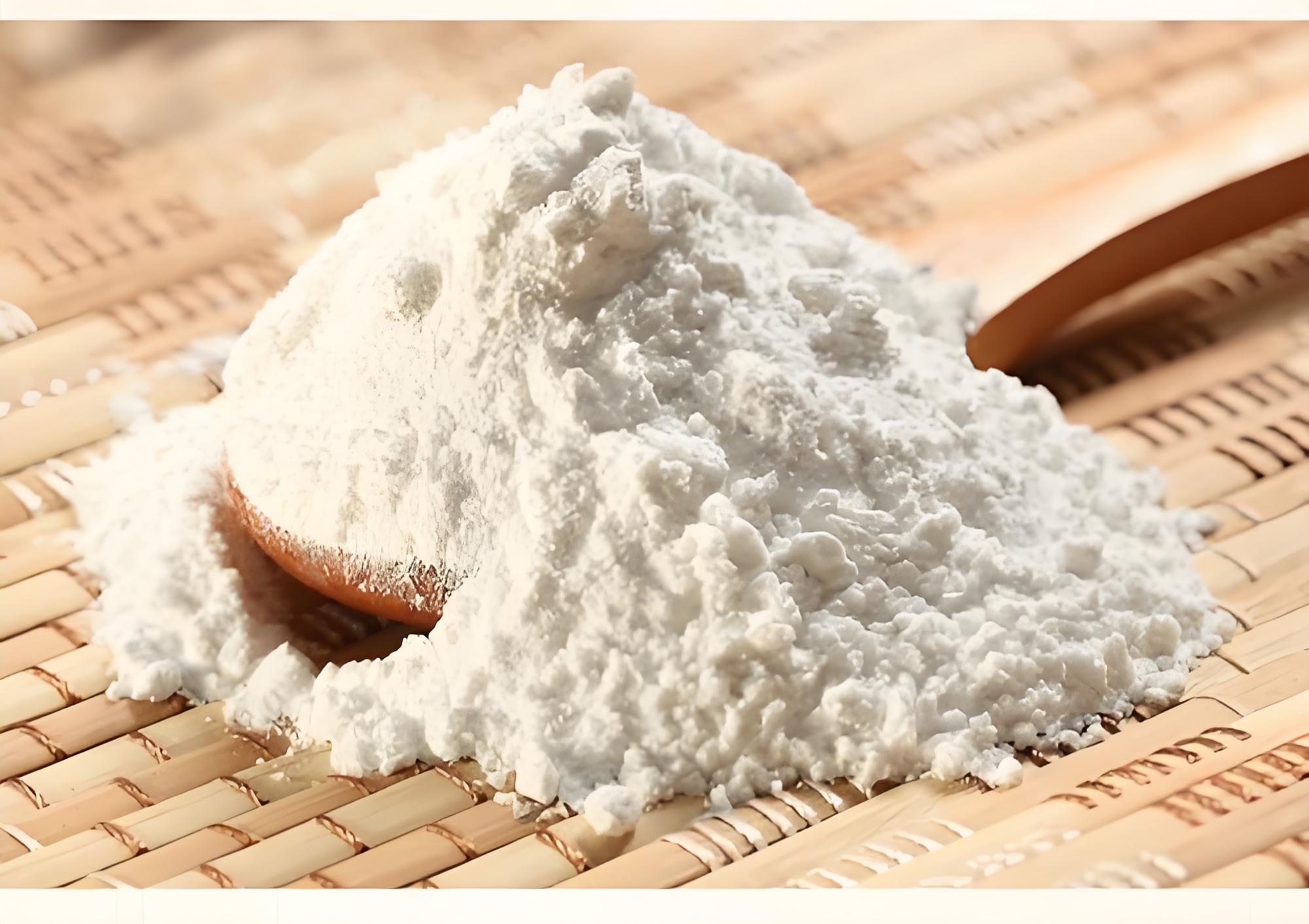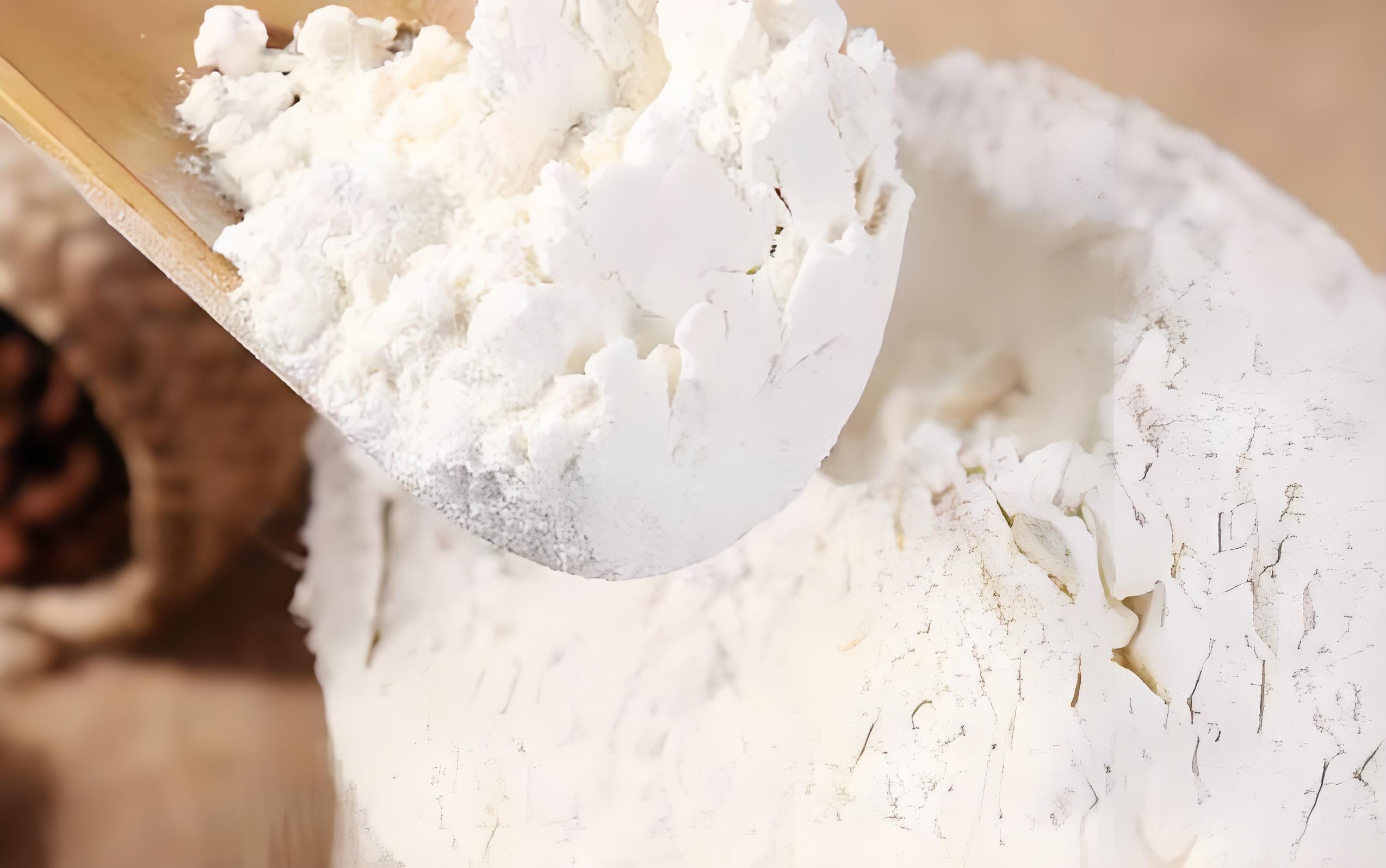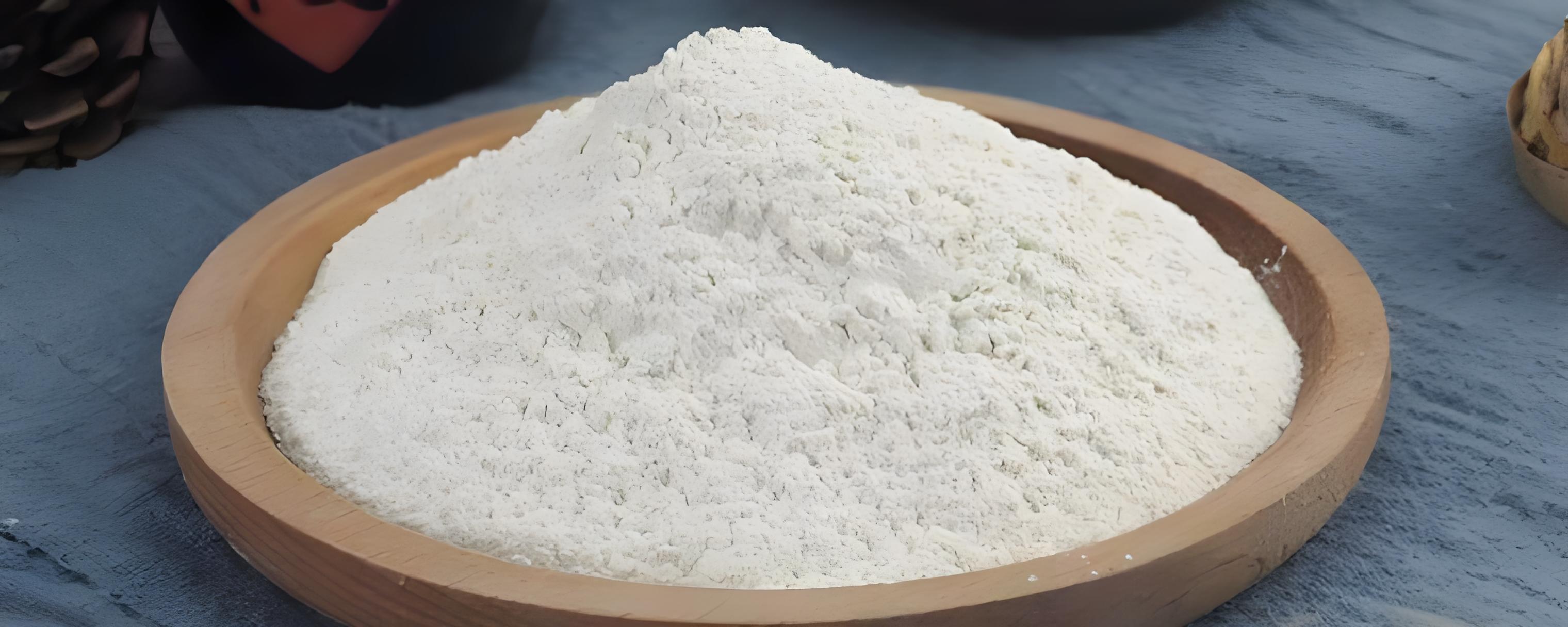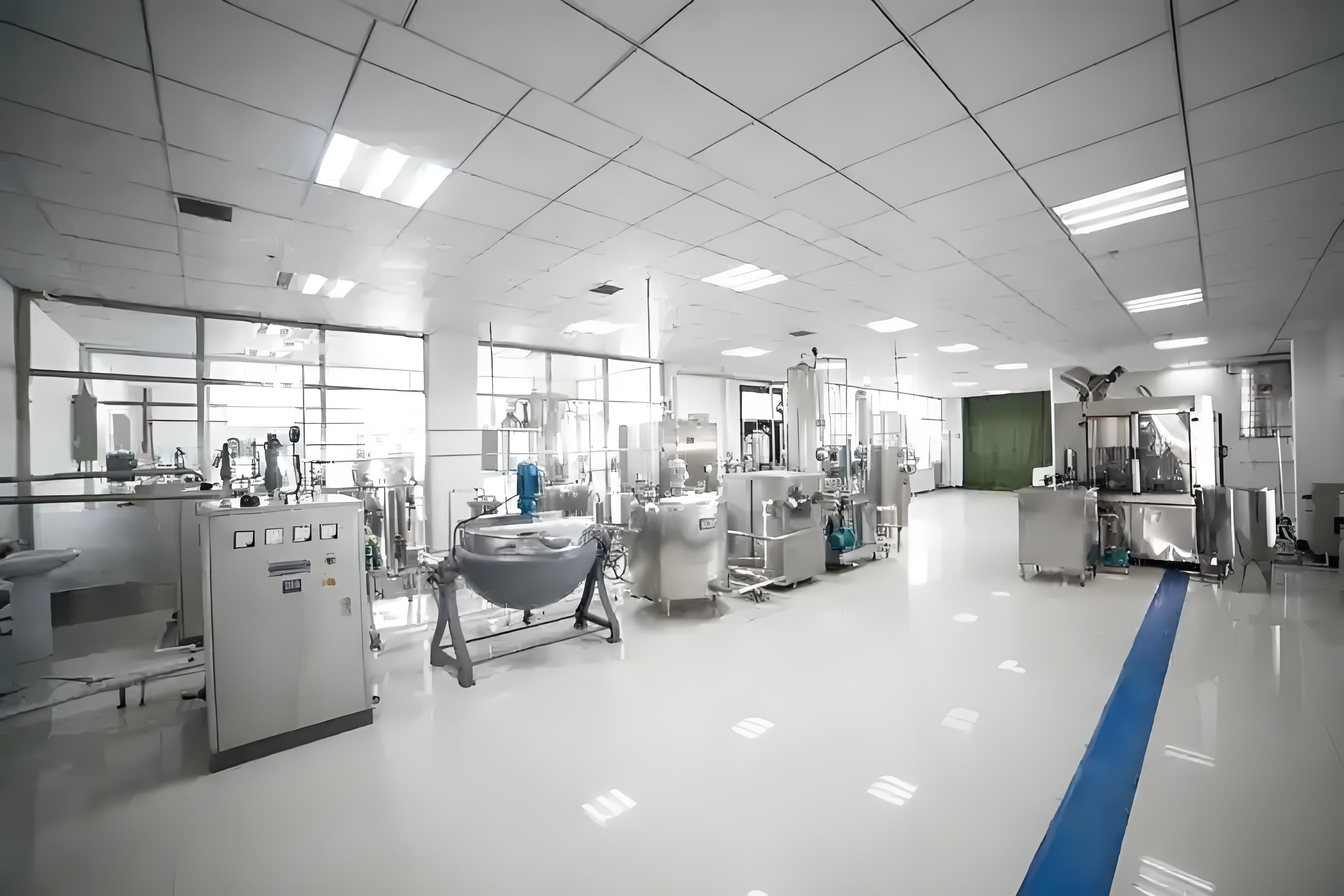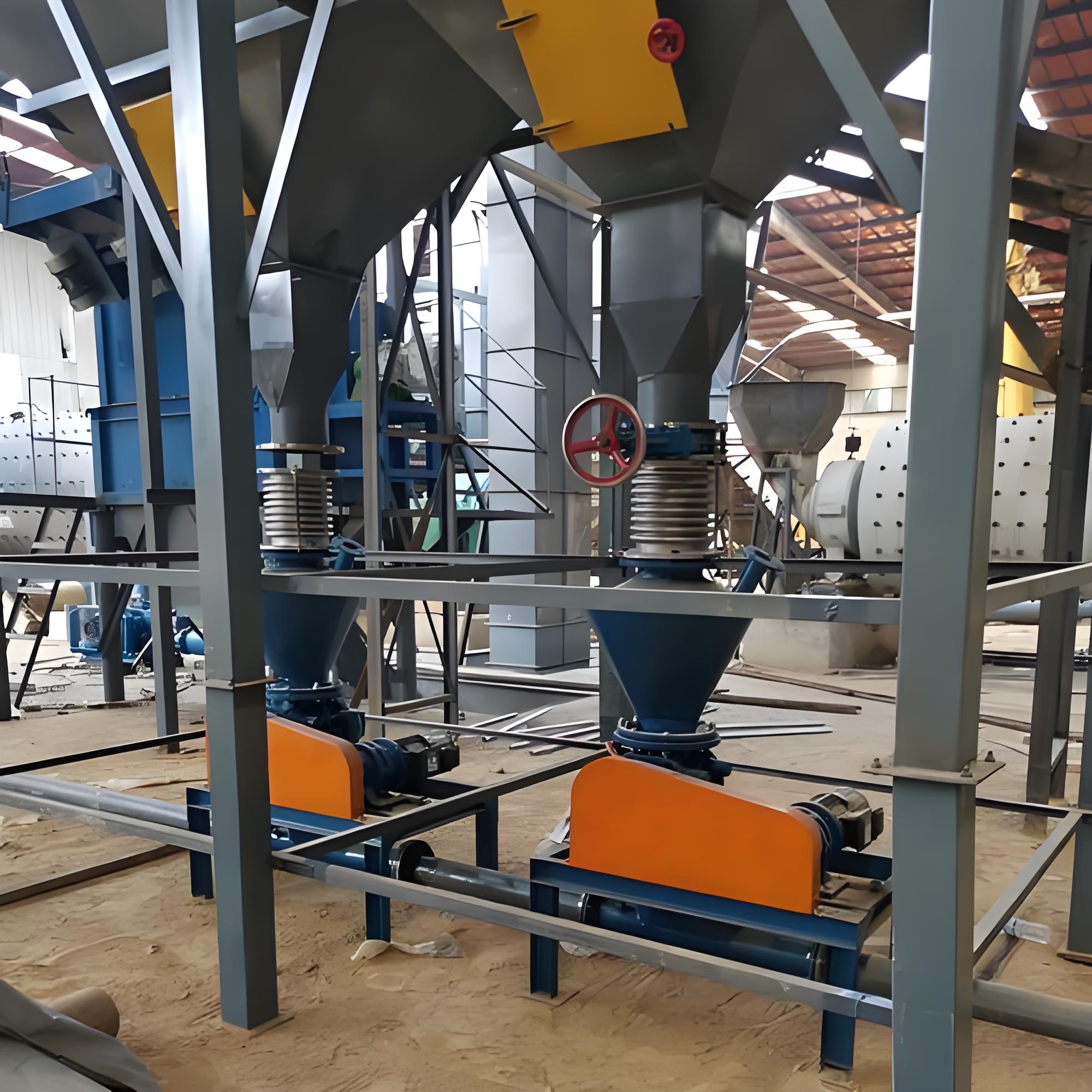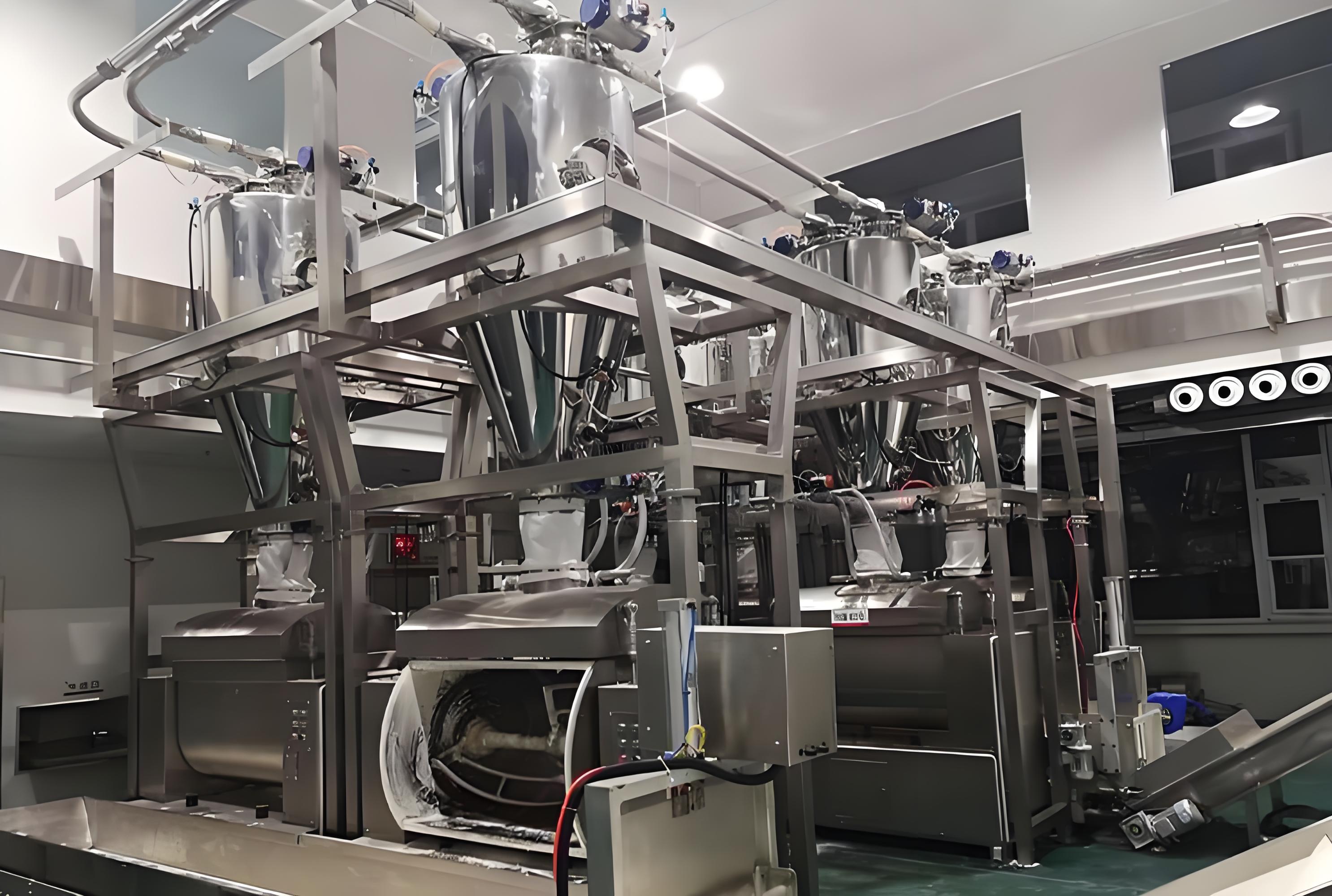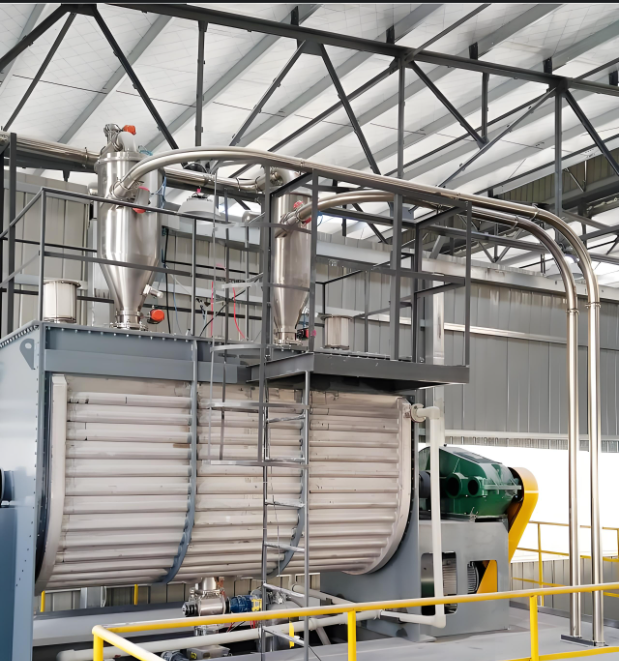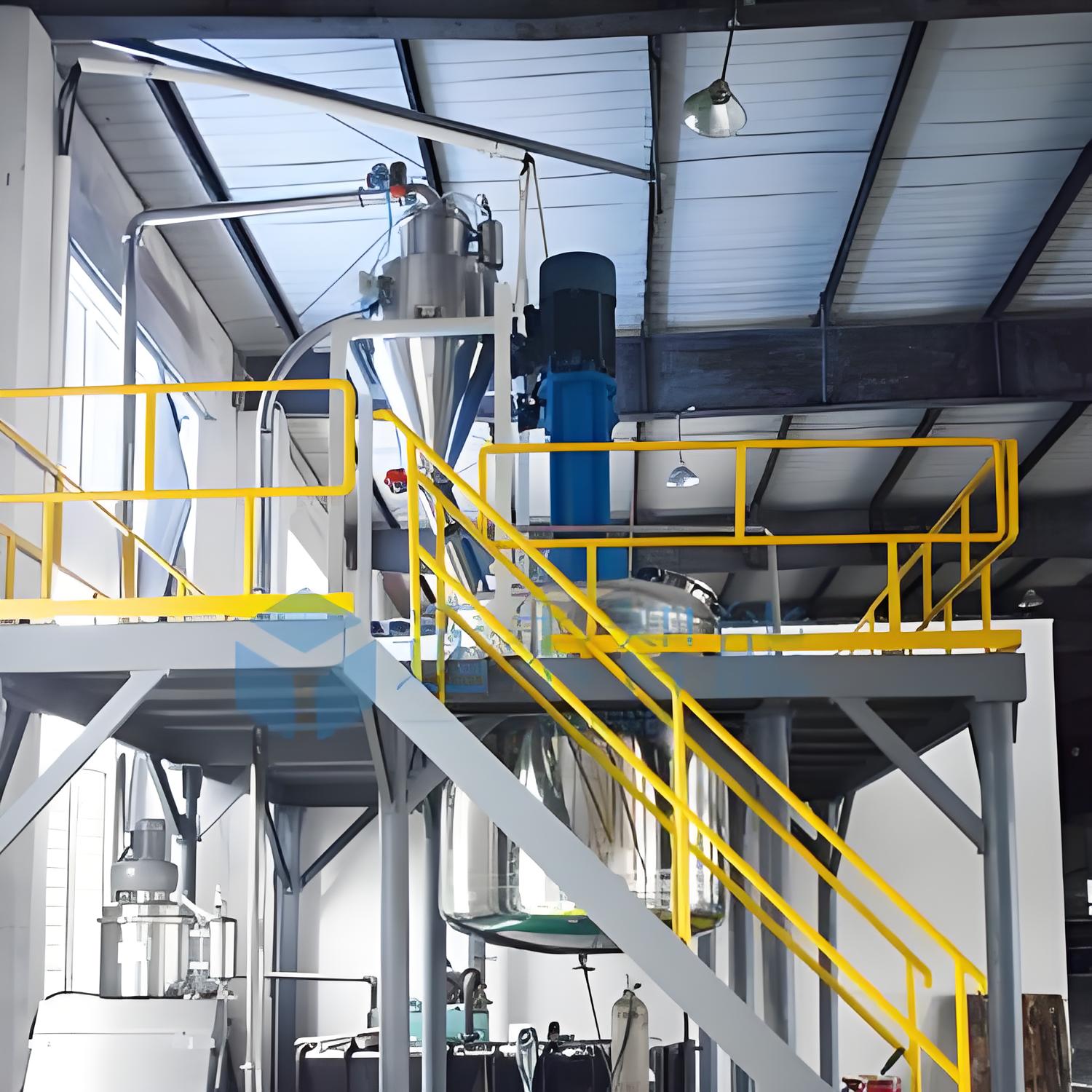Starch pneumatic conveying
Starch on-site photos, Dongkai Company provides feasibility analysis, process design, engineering equipment, commissioning, and installation turnkey engineering services for starch material pneumatic conveying systems based on actual usage conditions on site
Starch is a high molecular weight carbohydrate, which is a polysaccharide formed by the polymerization of glucose molecules. Its basic constituent unit is α - D-glucopyranose, with a molecular formula of (C6H10O5) n.
physical property:
Adsorption properties:
Starch can adsorb many organic and inorganic compounds, and amylose and amylopectin have different adsorption properties due to their different molecular morphologies. Linear starch molecules have good molecular extensibility in solution and can easily form crystalline complexes and precipitate with polar organic compounds such as n-butanol and fatty acids through hydrogen bonding.
Solubility:
The solubility of starch refers to the mass fraction of dissolved starch sample molecules after heating in water for 30 minutes at a certain temperature. Starch granules are insoluble in cold water, while damaged or chemically modified starch is soluble in cold water, but the swollen starch after dissolution is irreversible. As the temperature increases, the swelling degree of starch increases and its solubility increases.
Gelatinization:
Heating the starch suspension causes the starch particles to absorb water and expand. After reaching a certain temperature, the starch particles suddenly expand rapidly and continue to heat up, with a volume that can reach tens or even hundreds of times their original size. The suspension becomes a semi transparent viscous colloidal solution, and this phenomenon is called starch gelatinization. The temperature at which starch undergoes gelatinization is called the gelatinization temperature. Even for the same variety of starch, the degree of gelatinization difficulty varies due to differences in particle size, and the required gelatinization temperature is not a fixed value.
chemical property:
Many chemical properties of starch are similar to glucose, but due to its aggregation of glucose and unique properties, the application of starch chemical properties to change starch molecules in production can obtain two important types of starch deep processing products.
The first category is the hydrolysis products of starch, which are products with different DP obtained by degrading starch molecules using the hydrolysis properties of starch. Starch, under the action of catalysts such as acids or enzymes, α-1, The hydrolysis of 4 glycosidic bonds and α -1,6 glycosidic bonds can generate various products such as dextrin, oligosaccharides, maltose, glucose, etc.
The second major category of products is modified starch, which is generated through chemical reactions between starch and certain chemical reagents. The C2, C3, and C6 alcohol hydroxyl groups in glucose residues of starch molecules can undergo chemical reactions such as oxidation, esterification, etherification, alkylation, crosslinking, etc. under certain conditions, generating various starch derivatives.
